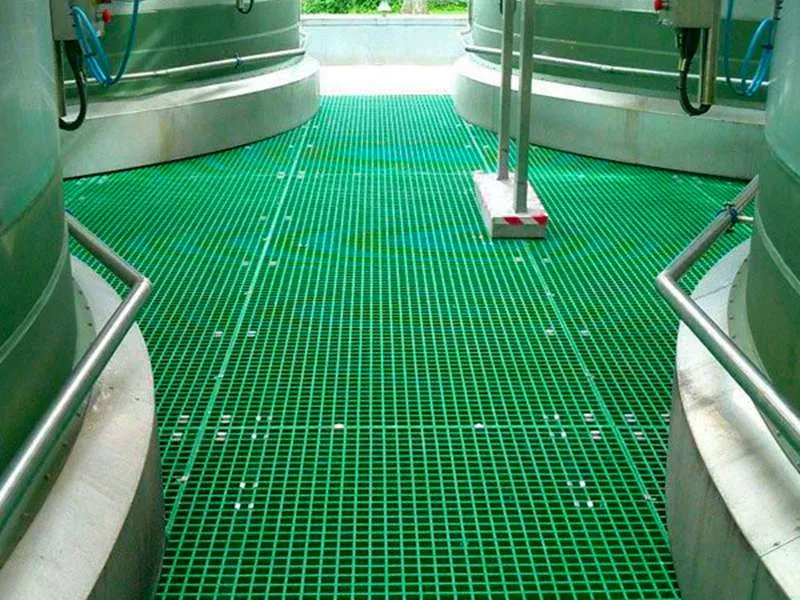
-
 Afrikaans
Afrikaans -
 Albanian
Albanian -
 Amharic
Amharic -
 Arabic
Arabic -
 Armenian
Armenian -
 Azerbaijani
Azerbaijani -
 Basque
Basque -
 Belarusian
Belarusian -
 Bengali
Bengali -
 Bosnian
Bosnian -
 Bulgarian
Bulgarian -
 Catalan
Catalan -
 Cebuano
Cebuano -
 China
China -
 China (Taiwan)
China (Taiwan) -
 Corsican
Corsican -
 Croatian
Croatian -
 Czech
Czech -
 Danish
Danish -
 Dutch
Dutch -
 English
English -
 Esperanto
Esperanto -
 Estonian
Estonian -
 Finnish
Finnish -
 French
French -
 Frisian
Frisian -
 Galician
Galician -
 Georgian
Georgian -
 German
German -
 Greek
Greek -
 Gujarati
Gujarati -
 Haitian Creole
Haitian Creole -
 hausa
hausa -
 hawaiian
hawaiian -
 Hebrew
Hebrew -
 Hindi
Hindi -
 Miao
Miao -
 Hungarian
Hungarian -
 Icelandic
Icelandic -
 igbo
igbo -
 Indonesian
Indonesian -
 irish
irish -
 Italian
Italian -
 Japanese
Japanese -
 Javanese
Javanese -
 Kannada
Kannada -
 kazakh
kazakh -
 Khmer
Khmer -
 Rwandese
Rwandese -
 Korean
Korean -
 Kurdish
Kurdish -
 Kyrgyz
Kyrgyz -
 Lao
Lao -
 Latin
Latin -
 Latvian
Latvian -
 Lithuanian
Lithuanian -
 Luxembourgish
Luxembourgish -
 Macedonian
Macedonian -
 Malgashi
Malgashi -
 Malay
Malay -
 Malayalam
Malayalam -
 Maltese
Maltese -
 Maori
Maori -
 Marathi
Marathi -
 Mongolian
Mongolian -
 Myanmar
Myanmar -
 Nepali
Nepali -
 Norwegian
Norwegian -
 Norwegian
Norwegian -
 Occitan
Occitan -
 Pashto
Pashto -
 Persian
Persian -
 Polish
Polish -
 Portuguese
Portuguese -
 Punjabi
Punjabi -
 Romanian
Romanian -
 Russian
Russian -
 Samoan
Samoan -
 Scottish Gaelic
Scottish Gaelic -
 Serbian
Serbian -
 Sesotho
Sesotho -
 Shona
Shona -
 Sindhi
Sindhi -
 Sinhala
Sinhala -
 Slovak
Slovak -
 Slovenian
Slovenian -
 Somali
Somali -
 Spanish
Spanish -
 Sundanese
Sundanese -
 Swahili
Swahili -
 Swedish
Swedish -
 Tagalog
Tagalog -
 Tajik
Tajik -
 Tamil
Tamil -
 Tatar
Tatar -
 Telugu
Telugu -
 Thai
Thai -
 Turkish
Turkish -
 Turkmen
Turkmen -
 Ukrainian
Ukrainian -
 Urdu
Urdu -
 Uighur
Uighur -
 Uzbek
Uzbek -
 Vietnamese
Vietnamese -
 Welsh
Welsh -
 Bantu
Bantu -
 Yiddish
Yiddish -
 Yoruba
Yoruba -
 Zulu
Zulu
FRP Chimney Building and Installation Guidelines for Industrial Applications and Efficiency
FRP Chimney Construction and Installation for Industrial Applications
In recent years, the industrial sector has seen a significant shift towards sustainable practices, aiming for both efficiency and environmental responsibility. One innovative solution that has gained traction is the use of Fiber Reinforced Polymer (FRP) for chimney construction and installation. FRP chimneys offer several advantages over traditional materials, making them an ideal choice for various industrial applications.
Advantages of FRP Chimneys
1. Corrosion Resistance One of the most significant benefits of FRP materials is their exceptional resistance to corrosion. Traditional chimney materials, such as steel and concrete, are susceptible to rust and chemical degradation, especially in harsh environments. FRP chimneys, on the other hand, are impervious to most chemicals and environmental elements, ensuring longevity and reducing maintenance costs.
2. Lightweight Structure FRP chimneys are considerably lighter than their concrete or steel counterparts. This lightweight characteristic simplifies transportation and installation, which can lead to reduced labor costs and shorter project timelines. Additionally, the lightweight nature of FRP reduces the structural load on supporting foundations.
3. Customization and Versatility FRP can be easily molded into various shapes and sizes, allowing for customized designs that meet specific operational needs. Whether it's a tall stack for emissions or a compact design for confined spaces, FRP chimneys can be tailored to fit the unique requirements of any industrial facility.
4. Enhanced Insulation Properties The thermal insulation properties of FRP help maintain optimal operating temperatures within the chimney structure. This is crucial in applications where temperature fluctuations can impact performance or safety.
5. Environmental Benefits By reducing the likelihood of chemical leaching and ensuring stable operations with lower maintenance requirements, FRP chimneys contribute positively to environmental protection efforts. Their durability also means that they can serve a longer lifespan compared to traditional materials, reducing waste associated with frequent replacements.
Construction and Installation Process
frp chimney construction and installation for industrial and

The construction and installation of FRP chimneys involve several critical steps
1. Design and Engineering The process begins with detailed design and engineering assessments based on the specific requirements of the industrial facility. This includes calculating dimensions, load capacities, and considering environmental factors such as wind and seismic activity to ensure structural integrity.
2. Material Selection Depending on the chemical exposure and temperature requirements, specific types of FRP resins and reinforcement materials (such as fiberglass) are selected. This step is crucial to ensure that the chimney can withstand the operational conditions it will face.
3. Manufacturing FRP chimneys are typically manufactured off-site using techniques such as filament winding or pultrusion, which ensures high precision and quality control. This manufacturing process facilitates the creation of complex geometries while maintaining the integrity of the material properties.
4. Transportation Once constructed, the FRP chimney sections are transported to the installation site. Due to their lightweight nature, transportation is more manageable compared to heavy metal or concrete components.
5. Installation The installation process requires skilled professionals who can manage the positioning and securing of the chimney sections accurately. With the use of cranes and other lifting equipment, the sections are assembled onsite, often with bolted or adhesive connections that enhance overall stability.
6. Commissioning and Testing After installation, commissioning involves thorough testing to ensure the chimney meets operational specifications and regulatory standards. This step includes assessing structural integrity, air flow, and emissions compliance.
Conclusion
In summary, the adoption of FRP chimneys in industrial settings represents a significant advancement over traditional materials. With their corrosion resistance, lightweight structure, customization potential, and environmental benefits, FRP chimneys are not just a practical solution—they're a forward-thinking choice for industries committed to sustainability and efficiency. As the world continues to place more emphasis on eco-friendly practices, FRP technology will likely play a crucial role in the future of industrial construction and installation.









